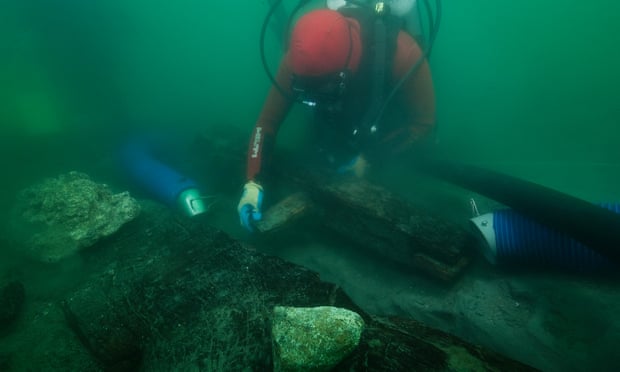Archaeology Nile shipwreck discovery proves Herodotus right
- On 17/03/2019
- In Underwater Archeology
- 0 comments

By Dalya Alberge - The Guardian
In the fifth century BC, the Greek historian Herodotus visited Egypt and wrote of unusual river boats on the Nile. Twenty-three lines of his Historia, the ancient world’s first great narrative history, are devoted to the intricate description of the construction of a “baris”.
For centuries, scholars have argued over his account because there was no archaeological evidence that such ships ever existed.
Now there is. A “fabulously preserved” wreck in the waters around the sunken port city of Thonis-Heracleion has revealed just how accurate the historian was.
“It wasn’t until we discovered this wreck that we realised Herodotus was right,” said Dr Damian Robinson, director of Oxford University’s centre for maritime archaeology, which is publishing the excavation’s findings.
“What Herodotus described was what we were looking at.” In 450 BC Herodotus witnessed the construction of a baris. He noted how the builders “cut planks two cubits long [around 100cm] and arrange them like bricks”.
He added: “On the strong and long tenons [pieces of wood] they insert two-cubit planks. When they have built their ship in this way, they stretch beams over them… They obturate the seams from within with papyrus.
There is one rudder, passing through a hole in the keel. The mast is of acacia and the sails of papyrus...”
Add a comment